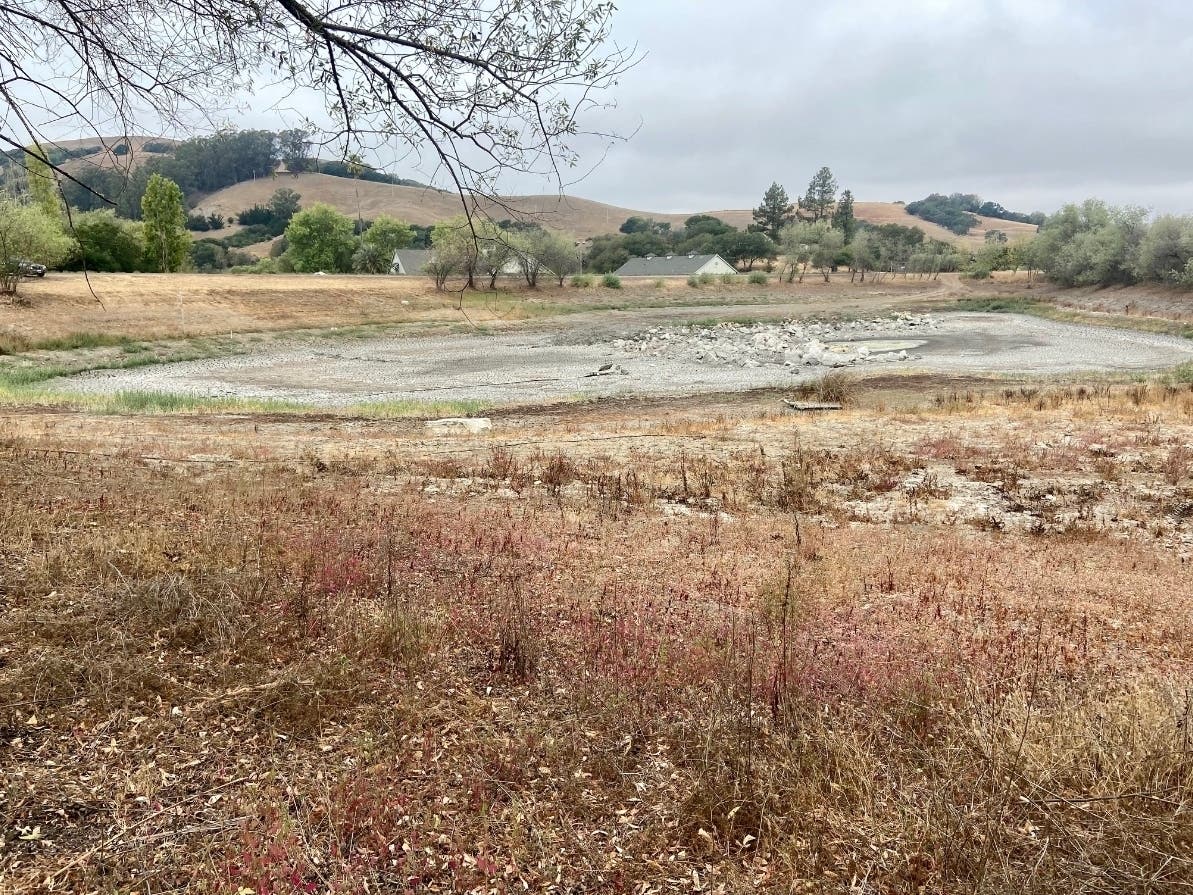Politics & Government
Marin, Sonoma Craft Plan For Future Droughts
Historic rainfall helped rebound the North Bay from a prolonged drought, but local leaders are already looking ahead to the next one.

SAN RAFAEL, CA — Leaders in Marin and Sonoma counties this week received a new report charting ways to improve preparedness and resilience during the next drought. While a historic winter helped the North Bay rebound from a ravaging three-year drought, the two counties are looking for collaborative ways to lessen the impact during future dry spells.
Officials said the 2019-2022 drought was the region's worst since the late 1970s, and part of one of the most pronounced periods in more than a millennium. Rainfall totals ranged from 17 to 68 percent of normal over the three-year stretch, and both Marin and Sonoma were federally designated disaster areas for drought in April 2021.
The two counties generate close to $1 billion in agricultural production, with more than half from wine grapes.
Find out what's happening in San Rafaelwith free, real-time updates from Patch.
The new report, a partnership between the counties, area water districts, conservation groups and the University of California Extension, outlined some important lessons for local leaders, including:
- Advanced recognition and planning for conditions in the winter of 2019 was key to coordination and response.
- Allocating and delivering water to meet minimum needs for both rural residential and agricultural uses is possible even under the most limited supply.
- State and federal response was more effective due to MSDC’s coordination and partnership.
- Frequent and routine communication between local leaders, technical and financial services providers, and agricultural producers was established and maintained.
- Local, state, and federal sources of funding were secured and distributed as an investment to counter the economic costs from extreme dry conditions to agricultural operations.
- Innovations in on-farm water management were scaled up through cost-share and technical assistance programs.
Noting "wildly unpredictable" rainfall in the West between years, researchers say the mission is creating a system that works for both extremes.
Find out what's happening in San Rafaelwith free, real-time updates from Patch.
"Our focus should be on building community resilience to the fluctuations," said David Lewis, director at the University of California Extension Marin. "That will come from us talking about the adaptations and responses needed across those swings. Concepts like drought and flood need to be replaced with water resource planning for extreme conditions."
Since the last drought, officials said Marin and Sonoma have implemented a few new innovations around the North Bay, including aquifer storage and recovery projects. County supervisors continue to work with partners to build better systems to mitigate future drought impacts.
"We are grateful for the collaboration with the County of Marin and all the partners that contributed to the drought report," said David Rabbitt, a Sonoma County Supervisor. "Documenting our experiences with climate emergencies will allow us to continue to improve service and become more resilient during future droughts and times of crisis."
>> Residents can read the full report on UCCE Marin's website.
Get more local news delivered straight to your inbox. Sign up for free Patch newsletters and alerts.